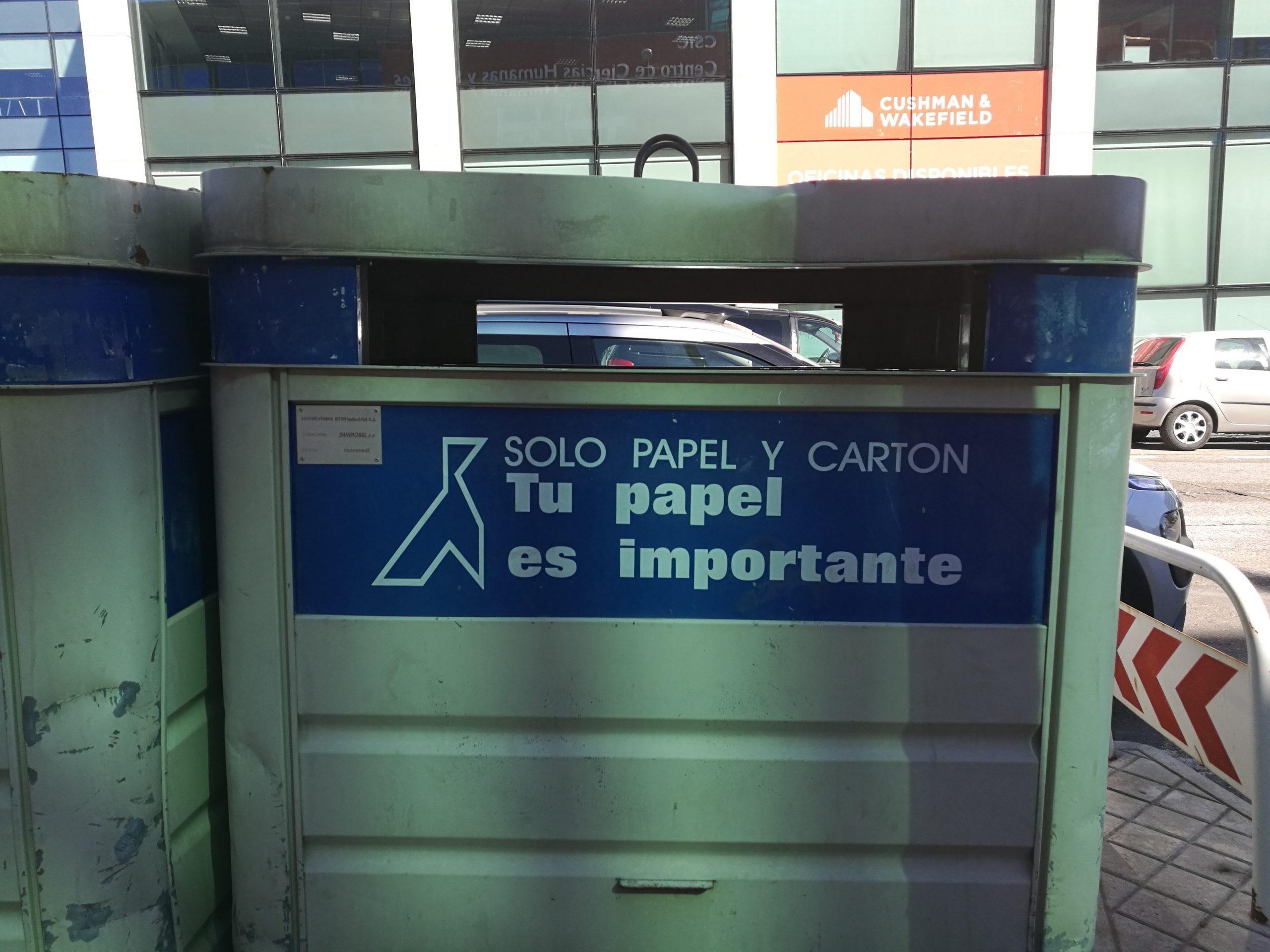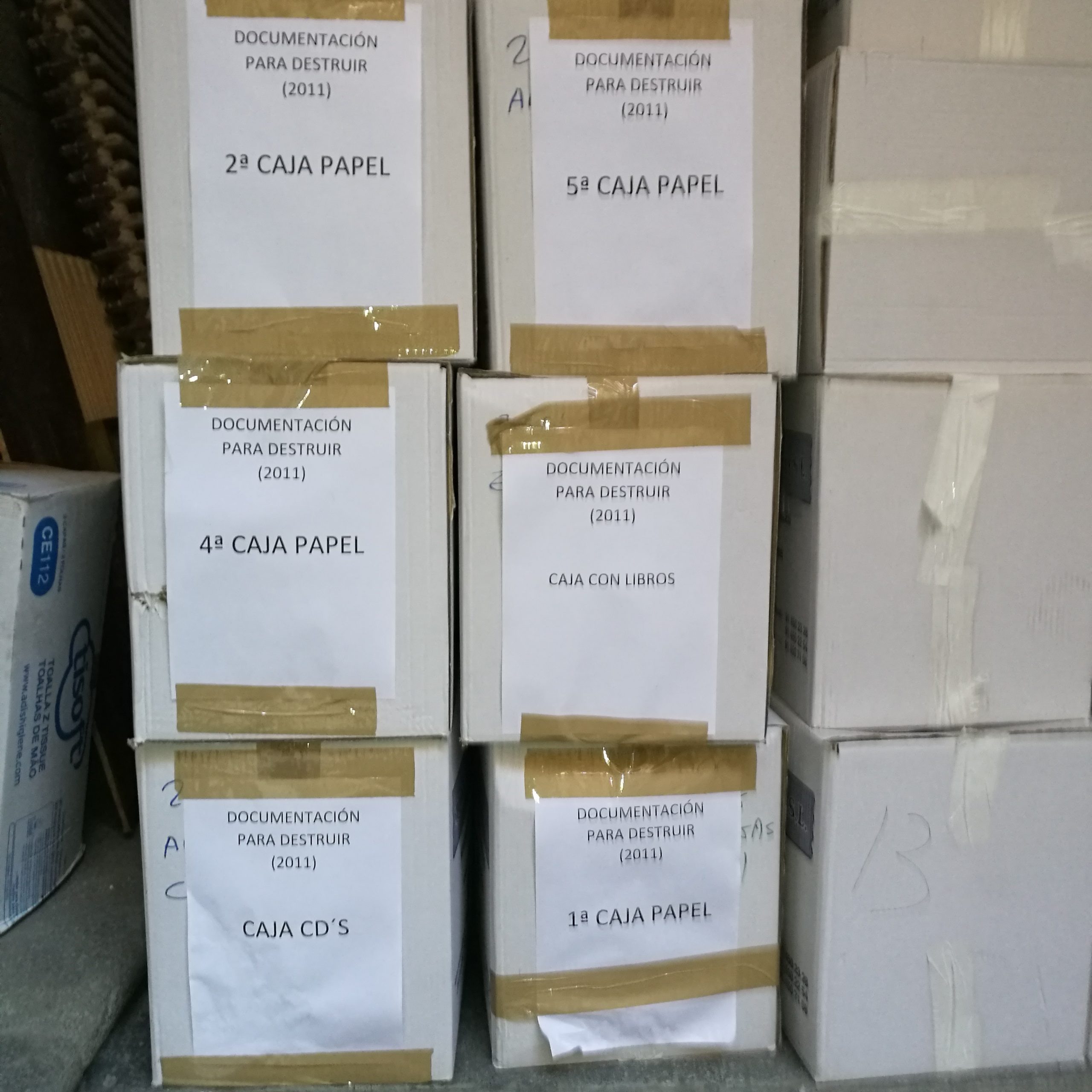On 24 November 2014, Steve Tamari (Southern Illinois University Edwardsville) had convened at the annual meeting of the Middle East Studies Association (MESA) in Washington, DC round table [R3670]: “Is There a Need for a New Primary Source Reader of Pre-Modern Civilizations?” Below follows the précis which I had submitted as one the round table participants. I was the only participant to argue for a digital Open-Access textbook.
I am proposing to develop a source book of Middle East history between 600 and 1800 CE as an Open-Access (OA) digital database. In the US the majority of today’s undergraduates are digital natives. They may prefer printed books for some of their reading, but most of them will have grown up with digital devices and social media. Taken together with the rise of Massive Open Online Courses (MOOCs) and Digital Humanities (DH) initiatives of grant giving organization, it seems thus possible to launch this new textbook on the Internet as an OA database. Although its creation and medium-term maintenance pose their own technical and financial challenges, such an OA database would be accessible to students outside the US and the creation of its contents could be organized as a collaborative transnational project, whose participants will have to decide which of the available platforms (e.g., Wiki, WordPress, Omeka, FlickR) would be most appropriate and cost-efficient for the project.
Organized as a database a source book would offer the opportunity to cover in a more adequate fashion the complexities of premodern Muslim societies. A printed book’s space limitations make it almost impossible to challenge the traditional views of Middle East history, whether they are Sunni, Shiʿi, Arab, Iranian, or Turkish, and to expand introductory courses on Middle East history, politics and economics so that culture and the arts and sciences will also be covered. In contrast, the storage capacities of a digital database would make it possible to accommodate the full diversity of the preserved sources, such as documents pertaining to Zoroastrians, Jews, and Christians as well as Kharijis, Zaydis, Ismailis, Alevis, Babis, Bahais, and Ahmadis. Moreover, only an OA digital database can take full advantage of the OA depositories of digitized manuscripts and printed books, art objects, audio files, or coins already available on the Internet (e.g., Women’s World in Qajar Iran, Eastern Art Online, Refaiya Library).
To develop this textbook as an OA resource would allow scholars to gain a modest degree of independence from the pressures of commercial academic publishers, while being mindful of the steadily increasing costs of a US college degree. Since textbooks are an important source of revenue, publishers are vigorously defending their copyright claims whenever they are negotiating with colleges and universities the uses of copyrighted material in the classroom. Moreover, the database’s diverse contents will help instructors to regularly vary reading assignments.
Amended, 6 March 2022
PS 1 – In October 2021, I posted this 2014 précis here on my blog, as I was reviewing the resource collections of the Invisible East programme at the University of Oxford in preparation for an ultimately unsuccessful job interview for a fourteen-month position as research associate. Arezou Azad (University of Oxford) directs the progaramme. Its most general goal is to initiate a paradigm shift in research about the history of Iran, Afghanistan and Central Asia between the eighth and the thirteenth century CE by highlighting the diversity of extant and accessible written sources in New Persian, Judeo-Persian, Arabic, Bactrian, Sogdian, Khotanese and Middle Persian. In order to affect this paradigm shift, Dr. Azad and her team are committed to the creation of an Open-Access digital corpus. This forthcoming collection of written witnesses is not mentioned in the posted project description, and so far few concrete details have been published, while the work is under way.
PS 2 – In 2021 two important articles about the digital sources of historical research – both digital surrogates and born-digital – were published in the American Historical Review (AHR): Itza A. Carbajal and Michelle Caswell, “Critical Digital Archives: A Review from Archival Studies,” AHR 126.3, pp. 1102-1120; https://academic.oup.com/ahr/article/126/3/1102/6421763; and Joseph L. Locke and Ben Wright, “History Can be Open Source: Democratic Dreams and the Rise of Digital History,” AHR 126.4, pp. 1485-1511; https://academic.oup.com/ahr/article/126/4/1485/6525105. Locke and Wright are tenured professors of American history who review the ethical and financial challenges that impact the capacity of digital humanists to create Open-Access teaching resources for digital history at the contemporary America neoliberal university. While the two men explicitly restrict their survey to the United States (p. 1486 n.3), their analysis of the tension between the desire for Open-Access pedagogical resources and the persistent challenges of how to properly recognize and fairly remunerate the indispensable – yet mostly invisible – labor of their creation is relevant to Digital Humanities projects in general. In contrast, Carbajal and Caswell are archival practitioners who are caring for archives of Latin American and South-Asian American minorities, respectively, while being a doctoral student and a tenured professor of information studies (pp. 1104-1105). Their article surveys the archival practices that accompany the current flowering of so-called digital archives projects. The two women identify seven key themes in the theory and practice of digital records management in archival studies in order to increase historians’ awareness of the complexities that deeply affect the digitally available sources of historical research.
Updated, 6 March 2022


